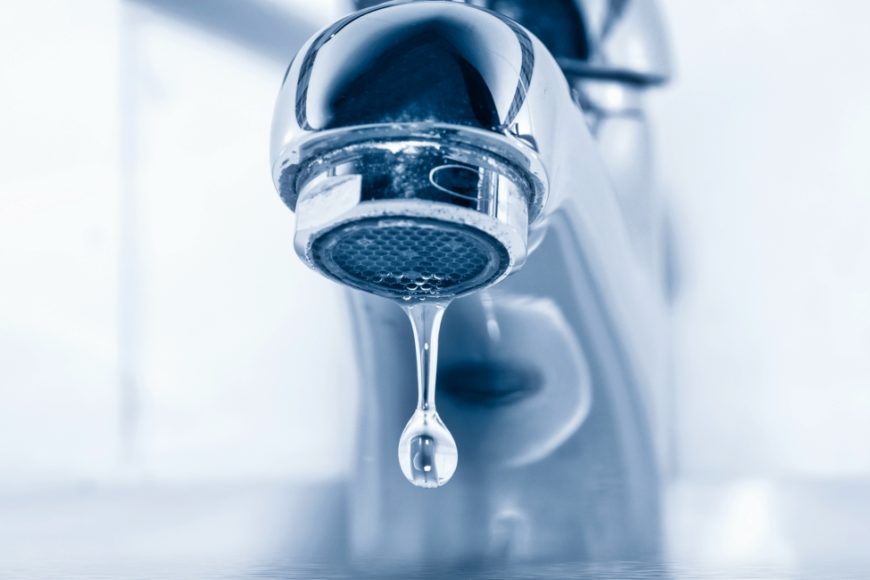
8 Easy Ways to Use Less Water on World Water Day
Water is so crucial to our survival, but we often take it for granted. It’s easy to leave the faucet running a little longer than we need and let the precious resource go down the drain.
Each year on March 22, the United Nations observes World Water Day, which shines a light on the importance of water. Most Americans have easy access to safe water, but unfortunately, not everyone in the world has that privilege. If you want to find out what you can do to help others get the safe water they need, check out Water.org.
Want an easy way to make an impact immediately? Cut down on how much water you use at home! The world has a limited supply of fresh water, and the purification process to make it potable requires energy. Using less water helps protect this limited resource, and these eight simple ways to save water are easy to do and could help you save money.
Cut Down Your Time in the Shower
Reducing the amount of time you spend in the shower can save a lot of water. It’s easy to zone out and lose track of time in the shower. Staying focused can cut your shower time and water usage. If you have trouble staying on task, a shower timer could help. Another strategy is turning off the water while you suds up.
Fix Leaks
Leaky faucet? Toilet running? Get even little leaks fixed as soon as possible. Since leaks last around the clock, you’d be surprised by how many gallons those drips add up to!
Turn Off Faucets When You’re Not Using Them
A lot of tasks don’t require nearly as much water as we often use. For instance, brushing your teeth requires very little water. Simply turn the faucet off after you wet your brush and rinse it again when you’re done brushing. Similarly, to wash your hands, you can get them wet, turn the faucet off as you suds up, and then turn it back on to rinse.
Reuse Water When You Can
Sometimes, you want to run your water to cool it down before you take a drink. Sometimes, you want to run your water to warm it up before you take a shower. We don’t blame you for wanting a cool drink or a warm shower! But while you’re running it, clean, usable water is going down the drain. One easy way to save that water is to collect it in a jug or bucket. Then, you can use it to water your plants.
Fill Your Washer and Dishwasher
Many washers and dishwashers use the same amount of water whether they’re nearly empty or at capacity. Waiting to do a load until your washer and dishwasher are full can help save water. Plus, it’s a good excuse to cut down on your chores.
Water Your Lawn Carefully
Having a green lawn can be satisfying, but it probably isn’t essential. Lawns often rebound even if they get a little dry, so you might not need to water the grass as often as you think. When you do water the lawn, do so mindfully. Place sprinklers carefully to avoid inadvertently watering your driveway or sidewalk.
Mow Less Often and Leave Grass Longer
Grass tends to get drier when it’s cut shorter or recently mowed. Leaving your grass a little longer and mowing less often may make it less prone to browning, so you might feel less inclined to water it.
Eat Less Meat
Producing meat uses a lot of water. The crops that feed the animals require water to grow, and the animals must drink water throughout their lives. The Water Footprint Network reports that the average water footprint of beef is 15,400 liters/kg, which is about 1,845 gallons/lb. In contrast, the average water footprint of potatoes is 290 liters/kg, which is about 34.7 gallons/lb. That means a pound of beef uses about 53x more water than a pound of potatoes.
Using less water doesn’t require major changes to your home or your diet. These eight simple methods can drastically cut your water usage while saving money.
You may also like:



